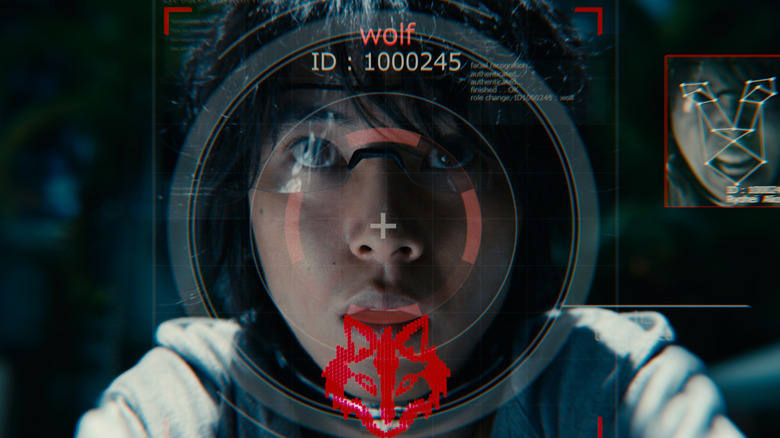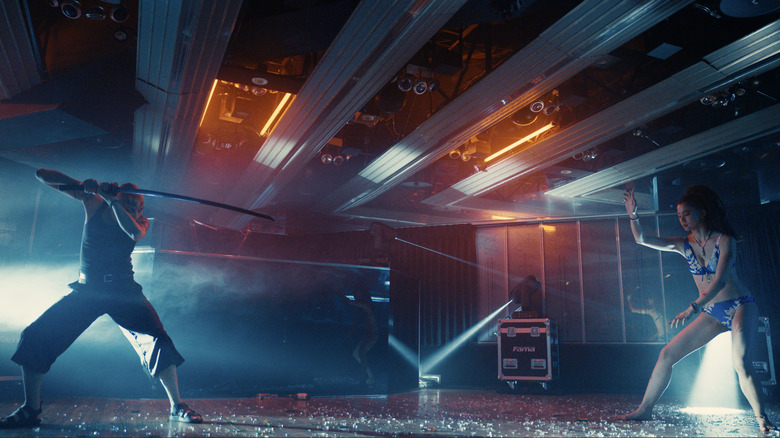How Sato Shinsuke Took A More Cinematic Approach To Alice In Borderland
While there are a number of similar shows out there that fans of Netflix's "Alice Borderland" are sure to enjoy, there is no denying that the series offers up a special action-packed, thought-provoking thrill ride, which makes sense given the well-crafted source material from Haro Aso it is based upon. The manga has been previously adapted before into a three-episode anime series, but for the live-action endeavor, Netflix decided to take things up a notch and order eight episodes from a reliable cinematic auteur.
Director Sato Shinsuke's work includes flicks from big name franchises like "GANTZ," "Bleach," and "Death Note." He is also the talented filmmaker responsible for the films "Kingdom," "I Am a Hero," and "Inuyashiki." While his excellence in the realm of cinema has been proven several times over, his efforts on the small screen are not as abundant. But when Shinsuke does take his talents to the format of television, he doesn't leave his movie-making mindset very far behind, which is exactly what happened with "Alice in Borderland."
The Bleach director brought his big screen skills to the small-screen adaptation
In the early stages of "Alice in Borderland," the streaming powerhouse wanted to make it clear there was a strategic reason why Sato Shinsuke was chosen. Instead of doing things the way most series are handled, he was instructed to think of the show's first season as one long movie. Shinsuke understood, and that was exactly how he intended to handle the project.
"I decided to direct all episodes by myself because I wanted to make it a long film," Shinsuke explained to Screen Anarchy. "I approached it really as a film, even with the number of cameras I was using. Usually, on my sets, I will use maybe one, sometimes two cameras only, and that's what I did with this show." The director added, "I didn't do things thinking, 'Okay, this is a TV show, so I have to do it this way.” To pull off his bold vision for the manga adaptation, Shinsuke courageously threw out the TV rulebook and employed the same tactics he would utilize during film production. As a result, his efforts have yielded plenty of evidence to support that the direction taken was the right choice.
According to Variety, the first run of the series made the streamer's Top 10 charts in 40 countries, and Yahoo reported that the second set of entries made the show the most-watched Japanese series on Netflix's roster. And it isn't just subscribers enjoying what Shinsuke accomplished with the series, as critics have also responded positively with both seasons attaining noteworthy scores on Rotten Tomatoes. It would appear Shinsuke's filmmaking expertise served him well when creating "Alice in Borderland" for the small screen, resulting in a triumphant cinematic experience.

